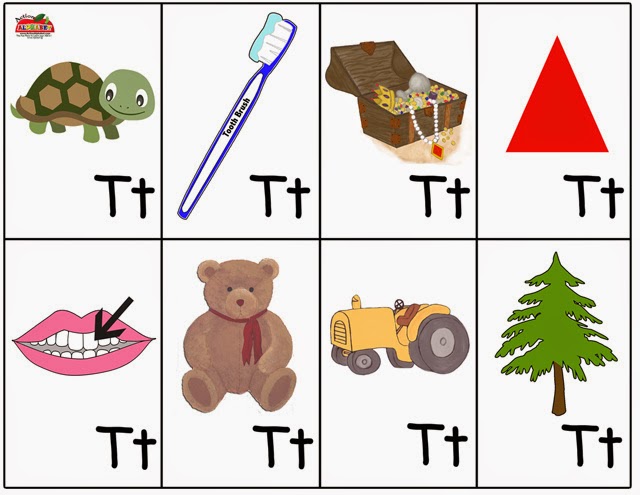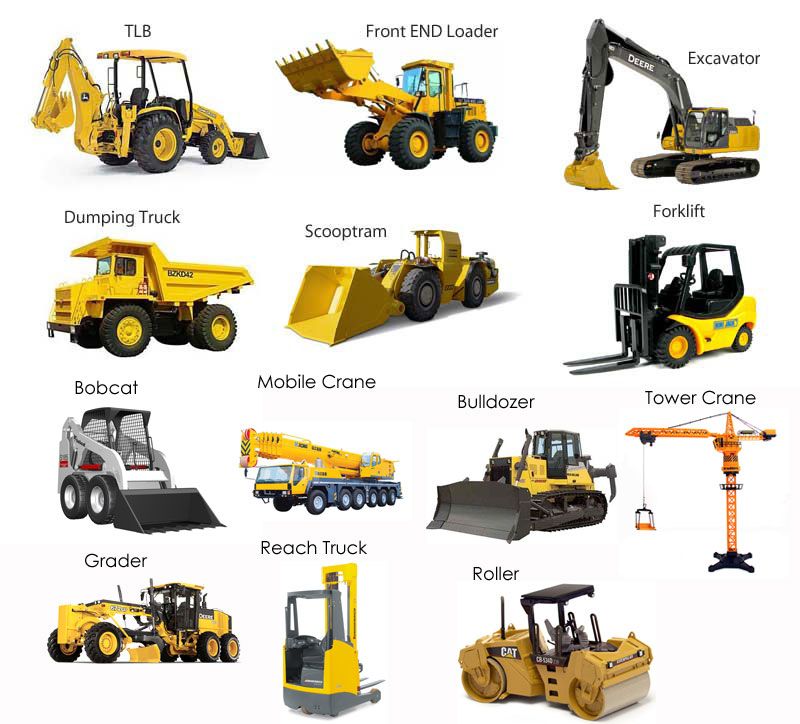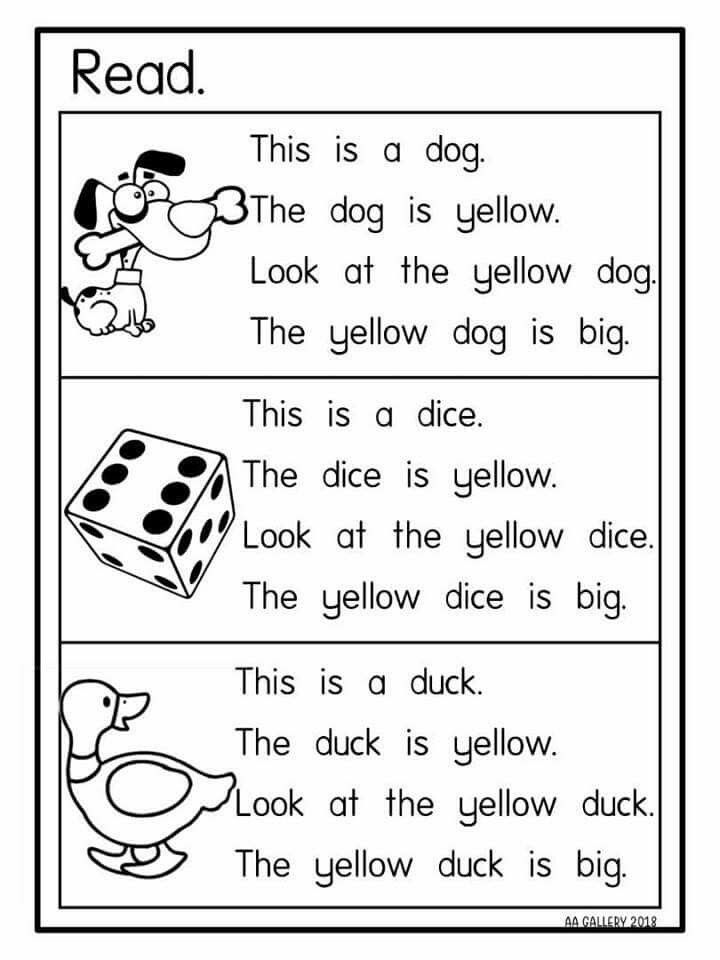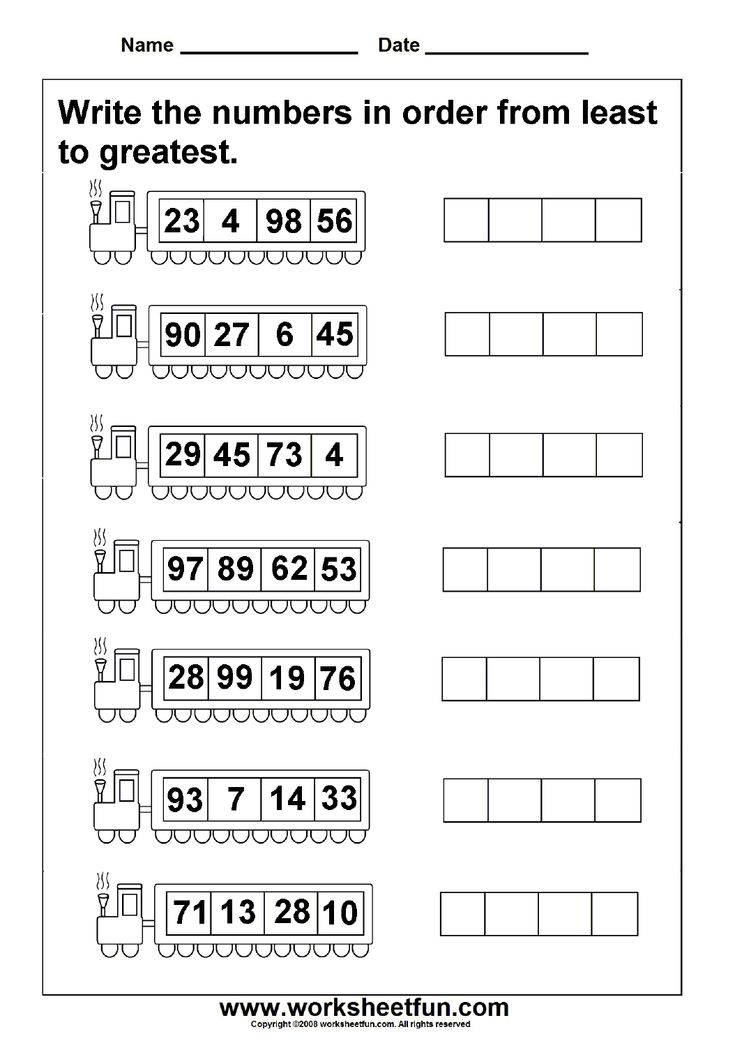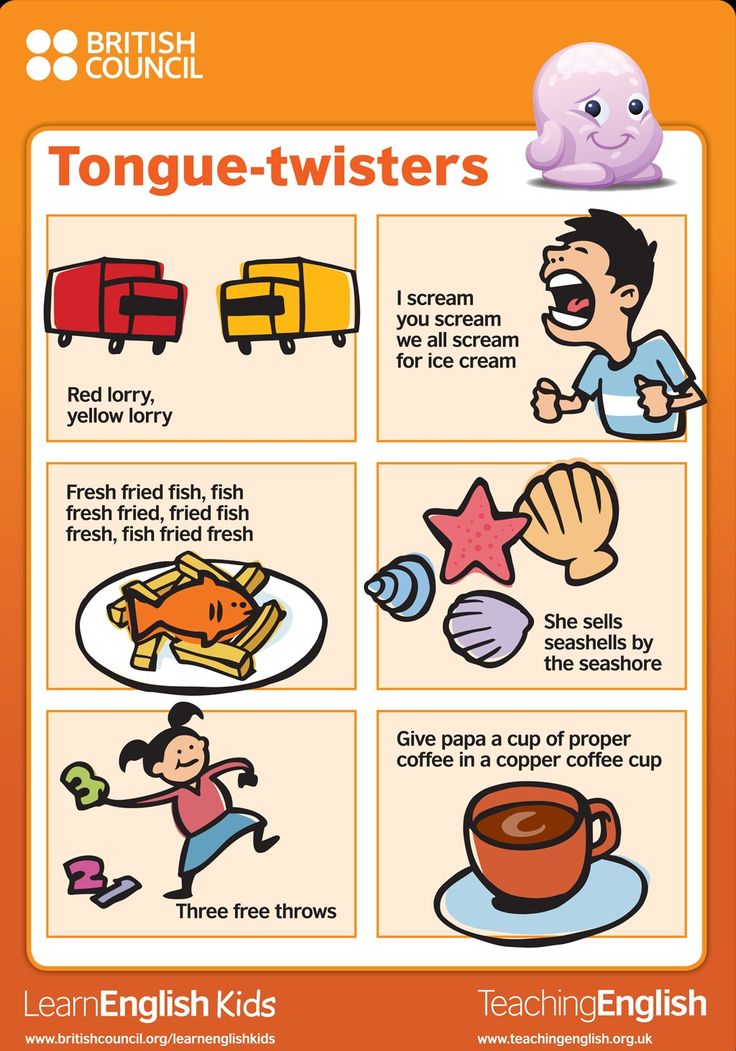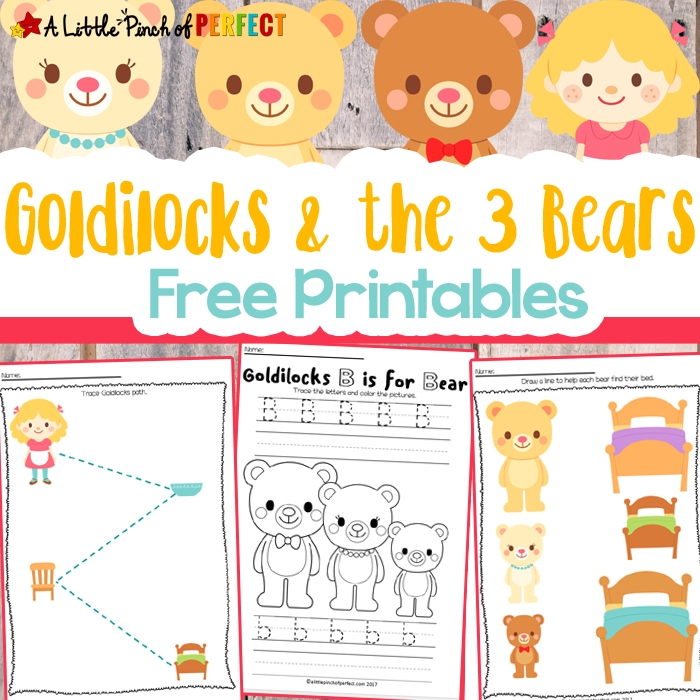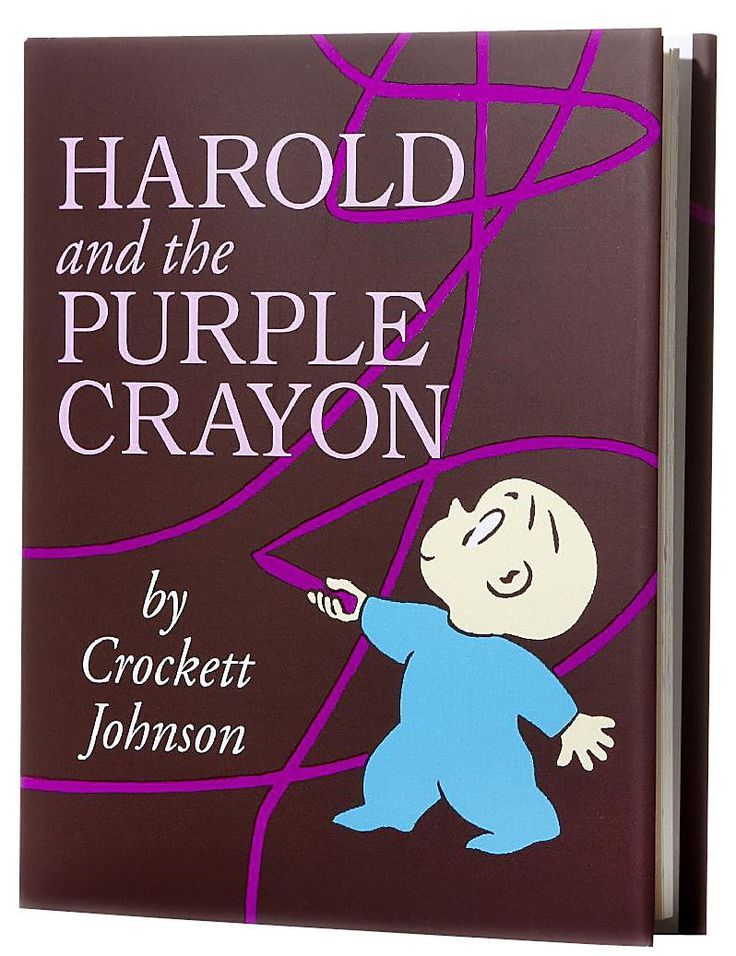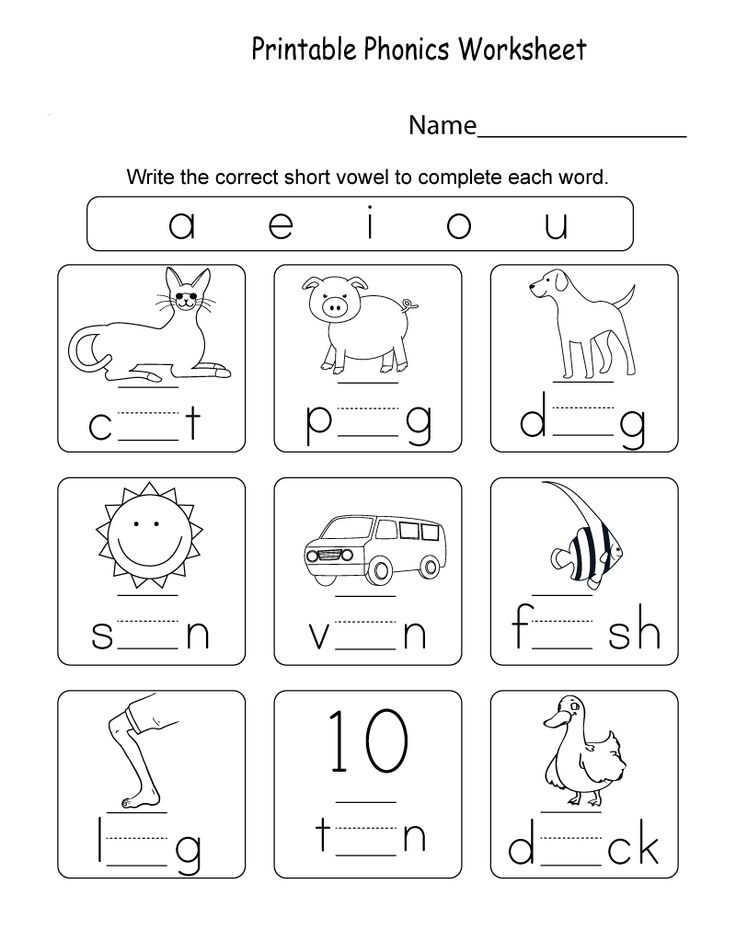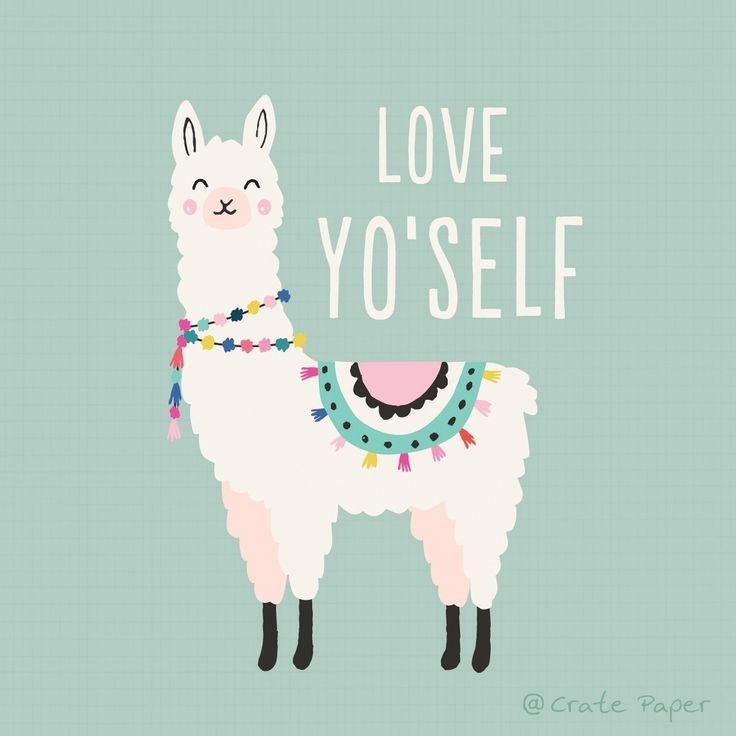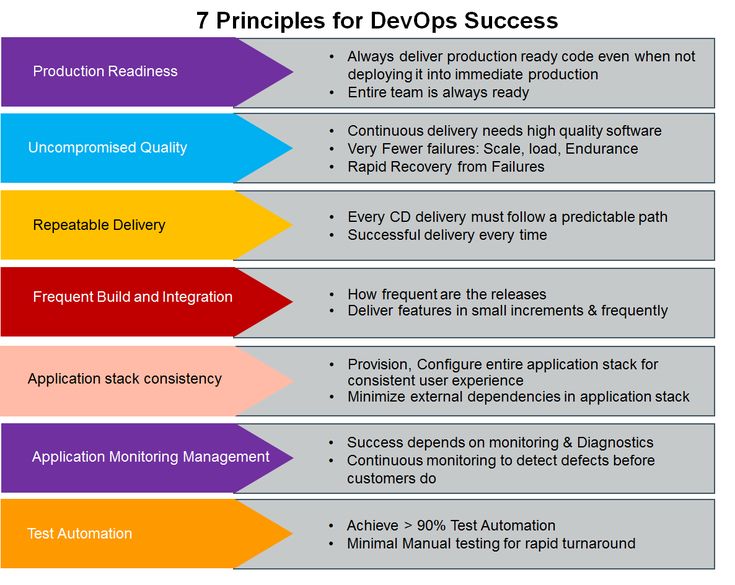Learning words for children
The Basic Spelling Vocabulary List
By: Steve Graham, Karen R. Harris, Connie Loynachan
This list was created to help teachers know which spelling words should be taught to kids in grades 1–5. The list contains 850 words that account for 80 percent of the words children use in their writing — the ones they need to be able to spell correctly.
This list was devised to help educators know which spelling words should be taught to children. The list contains 850 words that account for 80 percent of the words children use in their writing — the ones they need to be able to spell correctly.
Mastering this relatively small corpus of words yields a high rate of return. For example, the most common 1,000 words are used 13 times more frequently than the next most common 1,000 words. It also provides teachers flexibility in planning spelling instruction, providing an opportunity to give children the "basics" while supplementing with other spelling words germane to classroom activities.
Grade level for each word was determined based upon difficulty, pattern of occurrence in children's writing across grades, and grade placement on current vocabulary lists and spelling materials.
Words that children have difficulty spelling correctly are marked with an asterisk.
Grade 1 | |||
|---|---|---|---|
| a | fat | like* | sat
|
Back to Top
Grade 2 | |||
|---|---|---|---|
| about* | father* | lives | set |
Back to Top
Grade 3 | |||
|---|---|---|---|
| able | even | mind | spelling |
Back to Top
Grade 4 | |||
|---|---|---|---|
| across | during | mountain | sure* |
Back to Top
Grade 5 | |||
|---|---|---|---|
| although | different* | planet | suddenly
|
Back to Top
Graham, S. , Harris, K.R. and Loynachan, C. (1993). The Basic Spelling Vocabulary List. Journal of Educational Research 86(6) 363-368.
, Harris, K.R. and Loynachan, C. (1993). The Basic Spelling Vocabulary List. Journal of Educational Research 86(6) 363-368.
Reprints
You are welcome to print copies for non-commercial use, or a limited number for educational purposes, as long as credit is given to Reading Rockets and the author(s). For commercial use, please contact the author or publisher listed.
Related Topics
Early Literacy Development
Spelling and Word Study
Vocabulary
Writing
New and Popular
Print-to-Speech and Speech-to-Print: Mapping Early Literacy
100 Children’s Authors and Illustrators Everyone Should Know
A New Model for Teaching High-Frequency Words
7 Great Ways to Encourage Your Child's Writing
Screening, Diagnosing, and Progress Monitoring for Fluency: The Details
Phonemic Activities for the Preschool or Elementary Classroom
Our Literacy Blogs
Shared Reading in the Structured Literacy Era
Kids and educational media
Meet Ali Kamanda and Jorge Redmond, authors of Black Boy, Black Boy: Celebrating the Power of You
Get Widget |
Subscribe
How to Help Your Child Learn New Words
By Brittany Da Silva
Clinical Program Assistant, The Hanen Centre
Does the number of words a toddler says really matter in the long run?
Yes, it does! Research shows that the words a young child uses – her vocabulary – is related to later school success [1].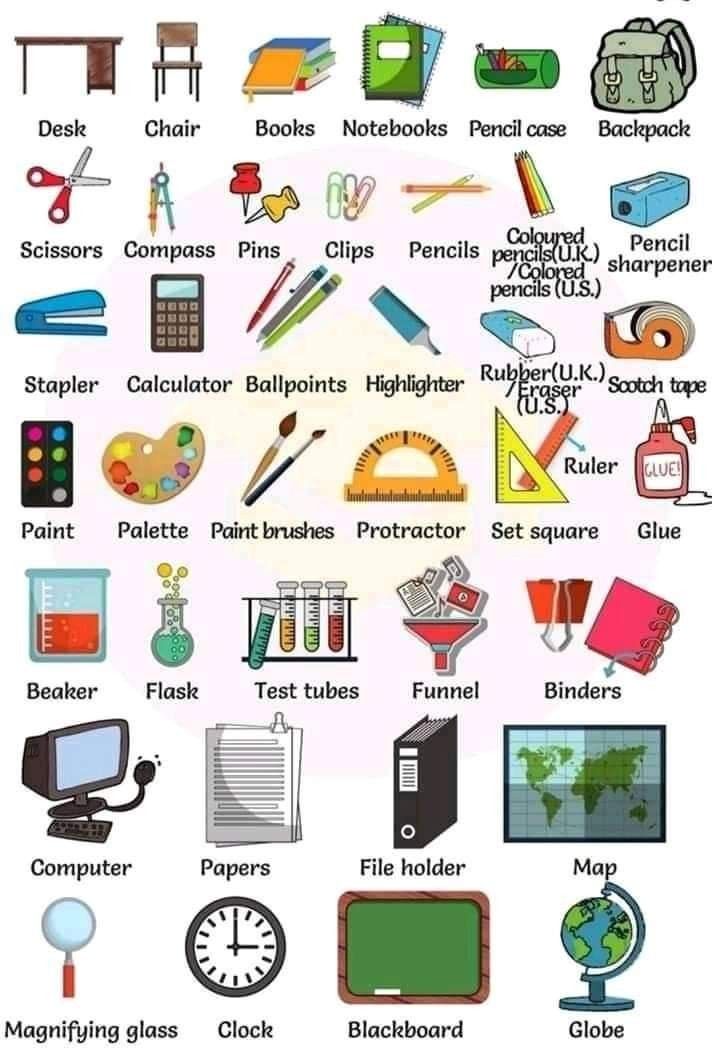 In fact, having a large vocabulary at two years of age predicts a child’s achievement at kindergarten entry in the following areas:
In fact, having a large vocabulary at two years of age predicts a child’s achievement at kindergarten entry in the following areas:
- Reading
- Math
- Behaviour
Better behaviour, reading and math skills at kindergarten entry have been shown to have a lasting impact on children’s school and life success. So, having a large vocabulary at a young age is important!
Children develop their vocabulary and communication skills at different rates. If your child has not achieved the skills listed in the chart below, or if you’re feeling concerned, we recommend that you contact a speech-language pathologist to get an assessment.
| Age: | Children should say: | Children should also: |
|---|---|---|
| By their first birthday | a few words |
|
| By 18 months | at least 24 words |
|
| By two years | at least 100 words |
|
[2,3]
Regardless of whether a child has a language delay, if you use Hanen strategies, you can help boost her vocabulary!
You can help your child learn to say new words through your everyday interactions using the following practical strategies that are grouped based on your child’s stage of communication:
- The first three strategies are excellent to use with all young children (from infancy into their school-aged years)
- The next strategies are great to use with children who are starting to understand and say some words
- The last couple of strategies are best for children who are talking in phrases and sentences
Strategies to Use with All Young Children
Observe, Wait and Listen (OWL)
- Observe what your child is interested in – it can be helpful to get face to face with your child to see exactly what has captured her attention (e.
 g., the playdough is stuck inside of the cookie cutter) and to show that you’re interested in what she’s doing.
g., the playdough is stuck inside of the cookie cutter) and to show that you’re interested in what she’s doing. - Wait (without talking) for your child to send you a message. Some parents find it helpful to silently count to five before talking.
- Listen for any way that your child sends you messages (e.g., she might make a sound, say a word and/or show you the cookie cutter).
When you Observe, Wait and Listen to your child’s messages, you let her start the interaction and lead it! Children are motivated to interact when you’re talking about their interests and they get to lead the interaction.
Follow your Child’s Lead
After you OWL and your child sends you a message, follow their lead by:
- Responding immediately! This shows your child that you’ve heard her message and are interested in what she said/communicated.
- Interpreting
- Making a fun comment! For example, “We made really sticky playdough!”
- Joining in and playing! ! Get some playdough for yourself and play like a child would.
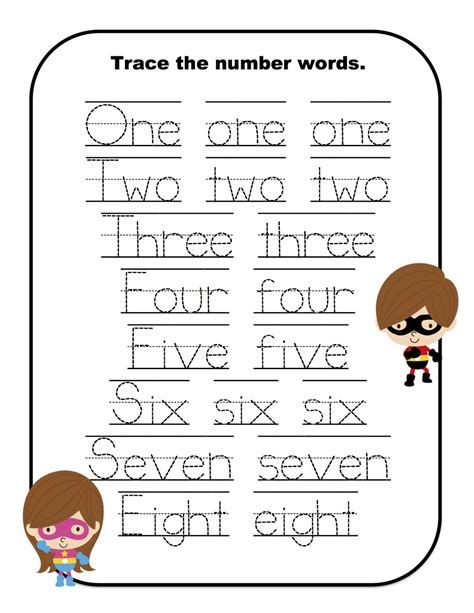 There’s no right or wrong way to play, as long as you’re having fun together! Join in and play the way your child is playing (not the way you think she should play)! What often works really well is to follow your child’s lead by imitating her.
There’s no right or wrong way to play, as long as you’re having fun together! Join in and play the way your child is playing (not the way you think she should play)! What often works really well is to follow your child’s lead by imitating her. - Imitating her actions, sounds and words. For example, if your child rolls out some playdough, you can imitate her by getting another rolling pin and rolling out your playdough too.
Children love to interact with adults who follow their lead. When you follow your child’s lead, your child will want to take lots of back and forth turns interacting with you! This gives your child many opportunities to learn and say words!
Reading
Reading books with your child is a great way to build her vocabulary [4]! For infants, OWL and follow her lead when you look at books together. She might want to touch different textures in the book, open flaps, or see you make funny gestures or silly noises! For example, if you observe that your child is interested in the elephant in the book, you could pretend that your arm is an elephant trunk and make a trumpeting noise! Match what you say to what she is interested in at that moment (e.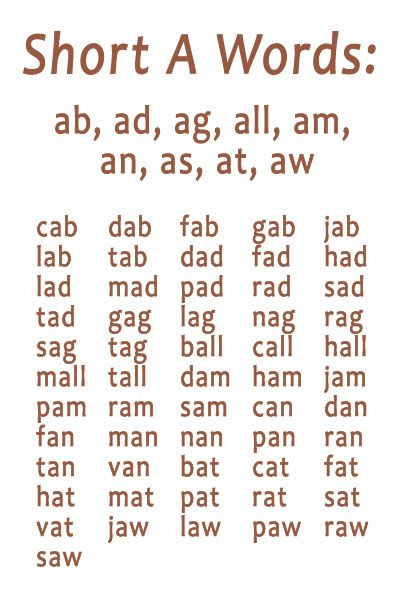 g., “I’m an elephant!”). This will make sharing books fun for you and your infant!
g., “I’m an elephant!”). This will make sharing books fun for you and your infant!
Re-reading books may feel repetitive for you, but your child learns so much from hearing those words and phrases again and again.
For children who are starting to talk, continue to OWL and follow her lead when you share books together. Repeating words and phrases in books is a great way for your child to learn and say those words and phrases! Re-reading books may feel repetitive for you, but your child learns so much from hearing those words and phrases again and again!
As your child starts to say more words and sentences, a great way to build vocabulary is to relate what’s happening in the book to your child’s life (e.g., you could point to a picture and say, “That dog is much bigger than grandma’s dog!”). Books also use unfamiliar words and have pictures to help show your child what they mean. After your child learns a new word from a book, use it at another time during the day. (For example, if you’re reading The Very Hungry Caterpillar by Eric Carle and your child learns the word cocoon, at bedtime you could say, “You look like you’re in a cocoon, just like the caterpillar was in our book.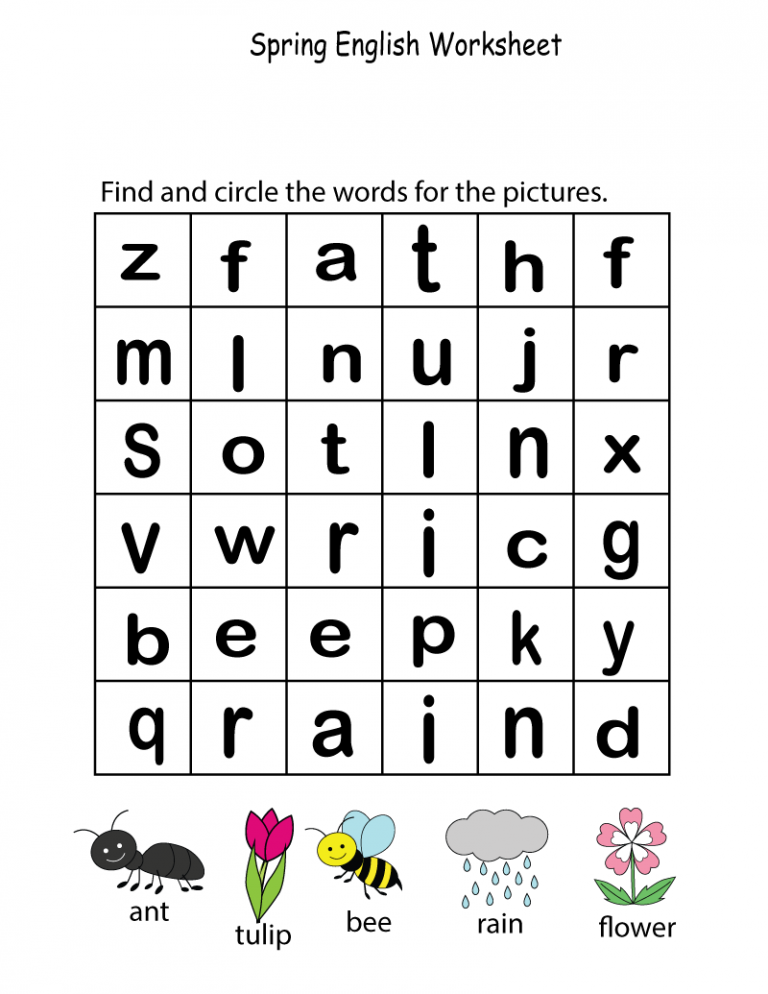 ”)
”)
Strategies to use with Children who are Starting to Talk
Actions speak louder than words
Actions, or gestures, are a great tool for helping your child learn and say words! When you use gestures, it helps your child see and understand what words mean. Using gestures won’t hold your child back from talking. In fact, gestures will help your child use spoken words and phrases sooner. Here’s how:
- Children often start using gestures before saying words (e.g., patting her tummy to show something is yummy).
- Then, children make the exciting leap to saying their first words (e.g., she might say “nana” for banana”).
- Next, children will likely start putting gestures and words together to communicate two-part messages (e.g., pats her tummy and says “nana!” to say, “yummy banana”).
- This practice with gestures helps children learn to say the whole two-part message with words (e.
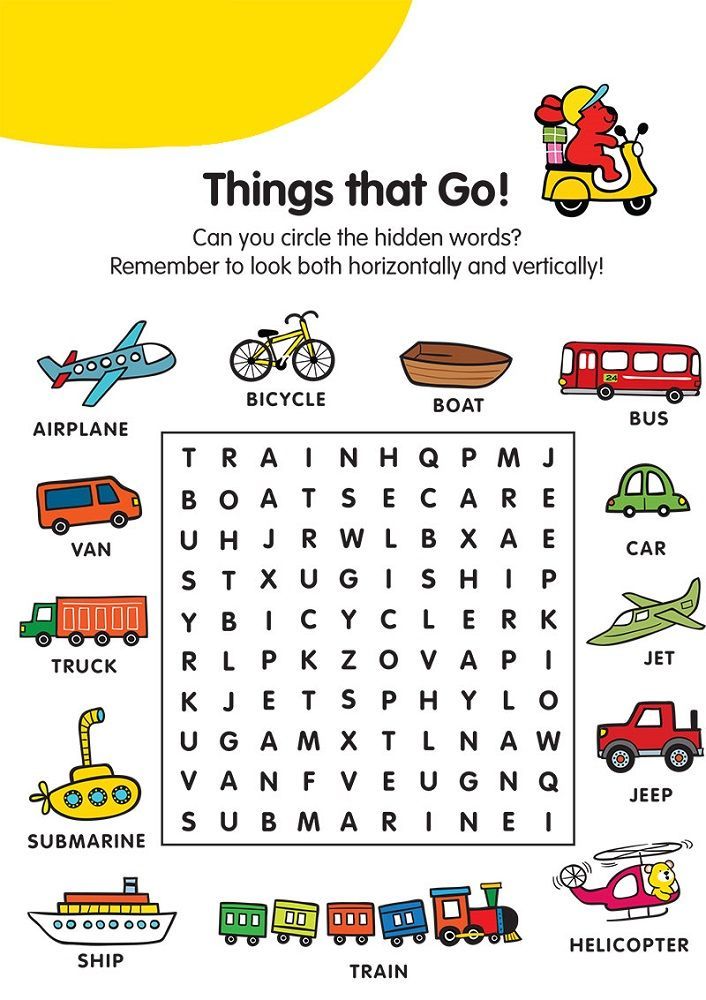 g., “yummy nana!”)[5].
g., “yummy nana!”)[5].
Repeat, repeat, repeat!
Children need to hear words many, many times before they begin to understand and eventually say them. To figure out the important words to repeat, start by OWLing to find out what your child is interested in. Let your child say or do something to send you a message and then respond with a short grammatical sentence that matches what is happening at the moment. Try to repeat words at least 3-5 times during an interaction (but not all at once). Here’s how a conversation could sound if your child is interested in dropping blocks off the table and hearing the sound they make hitting the floor:
- Child: (pushes block off the table and looks at mom)
- Mom: (responds immediately by saying a word that matches the moment) “Boom! The block went boom!”
- Child: (giggles and pushes another block off the table, and looks at mom)
- Mom: (responds immediately by commenting and repeating the word) “Boom! Another block went boom!”
- Child: (giggles and pushes another block off the table, and looks at mom)
- Mom: (waits)
- Child: “Buh”
- Mom: (interprets her child’s attempt at saying the word) “Boom!”
- Child: (giggles and pushes another block off the table, and looks at mom)
- Mom: (waits)
- Child: “Boom!”
- Mom: (responds immediately by building on what her child said) “The block made a big noise! The block went boom!”
Strategies to use with Children Who Talk in Phrases/Sentences
Use words that go beyond the here-and-now
Once your child is understanding and using lots of words and little phrases (usually at the toddler stage), you can talk about things that go beyond what is happening right now.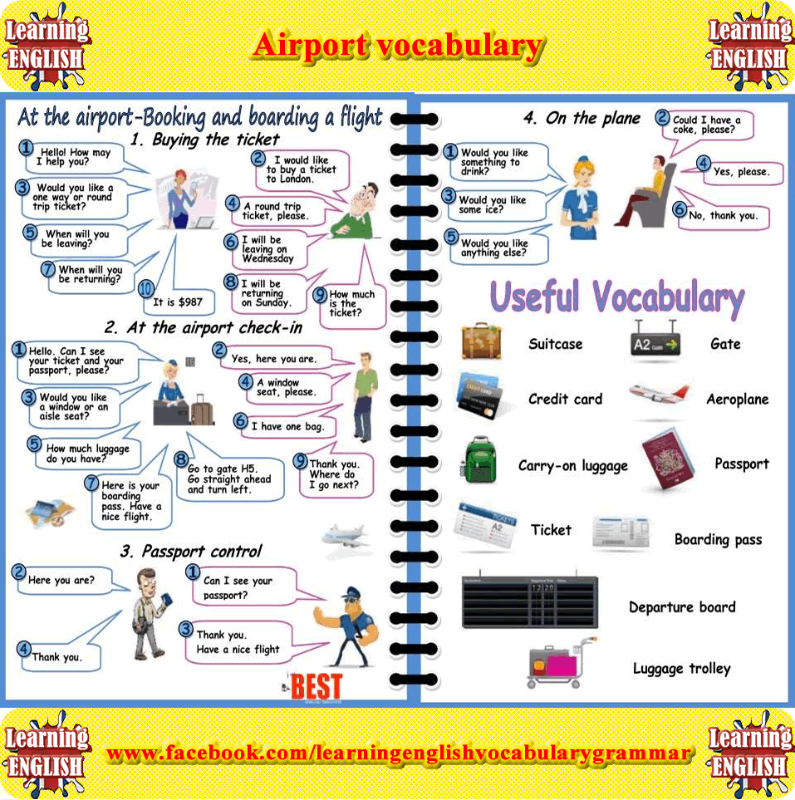 This may start with talking about:
This may start with talking about:
- Feelings (e.g., “You’re sad because grandpa went home.”)
- Past experiences that have just happened (e.g., “We saw a dog swimming in the water!”)
- Why things have happened (or solving simple problems) – these are important to talk though with your child too (e.g., “The soup is hot!” (Blow on the soup) “You can’t eat it yet because it’s too hot.”)
- Pretending or imagining together – this is a really fun way to build your child’s vocabulary and language skills (e.g., Pretend to talk on the phone while holding a block to your ear. Then hand your child the “phone” and say, “Grandma wants to say hello.”)
Don’t be afraid of using rare and unusual words!
After children learn basic words that let them talk about everyday things, expose them to unfamiliar words! Even very young children can learn rare and unusual vocabulary! Explain what the new word means and repeat it often.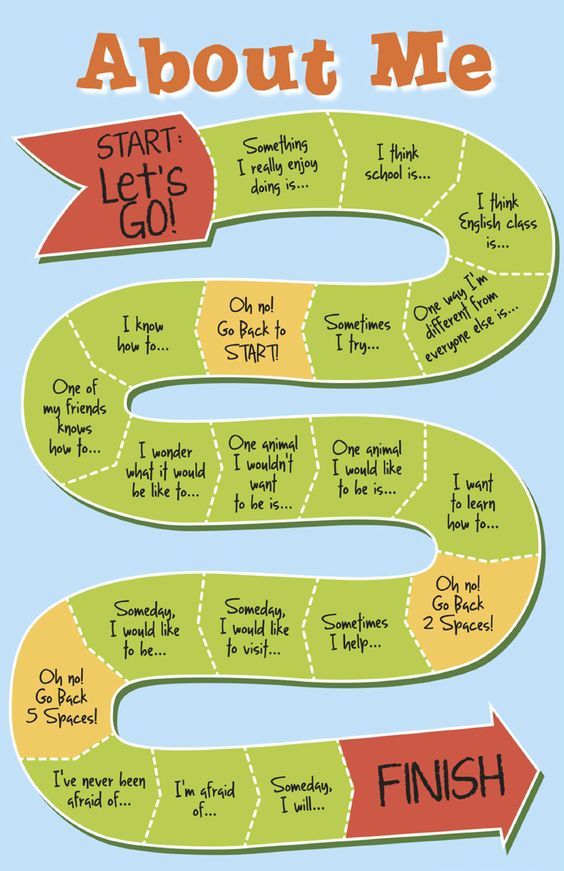 See the steps below for an example of an everyday word (Step 1), a more sophisticated word (Step 2) and a specialized word that relates to a specific area, like science (Step 3). Using sophisticated and specialized words will help your child when they get to school.
See the steps below for an example of an everyday word (Step 1), a more sophisticated word (Step 2) and a specialized word that relates to a specific area, like science (Step 3). Using sophisticated and specialized words will help your child when they get to school.
Source: [6]
To build your child’s vocabulary, the best things to remember are:
- Observe, Wait and Listen to her
- Follow her lead
- Read with her
- Use gestures
- Repeat important words often and throughout the day
- Use words that go beyond the here and now
- Use rare and unusual words
Have fun using these strategies to build your child’s vocabulary and get your child ready for school success!
These strategies are drawn from The Hanen Centre’s It Takes Two to Talk® guidebook.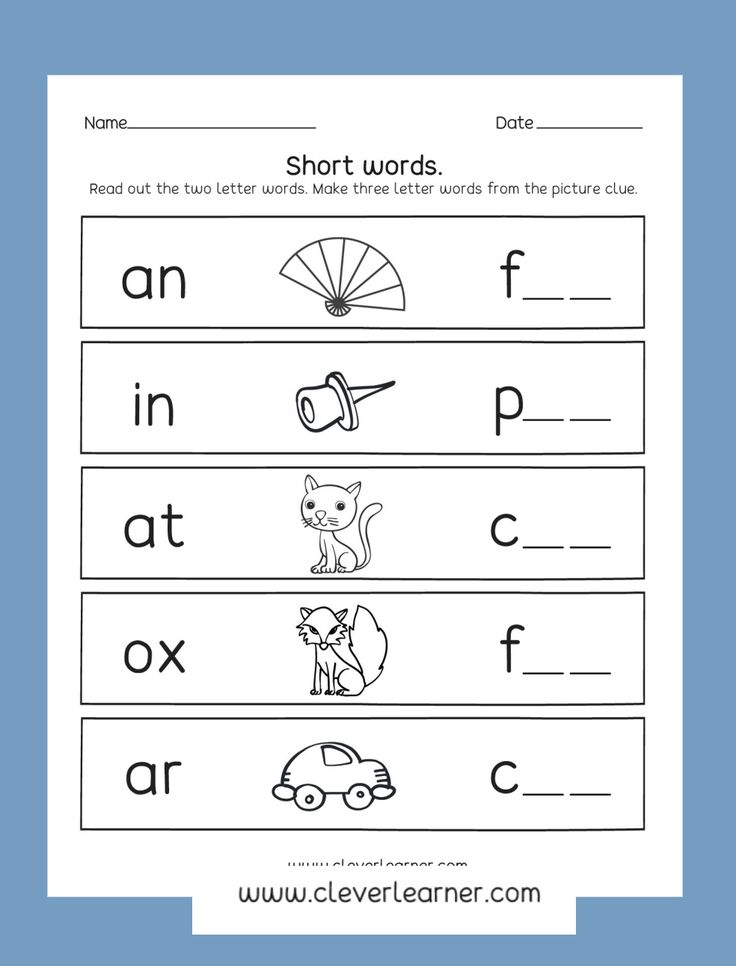 Designed specifically for parents of children with language delays, It Takes Two to Talk helps you transform any moment of your child’s life into a fun and natural opportunity to build strong language skills. The new fifth edition is now available!
Designed specifically for parents of children with language delays, It Takes Two to Talk helps you transform any moment of your child’s life into a fun and natural opportunity to build strong language skills. The new fifth edition is now available!
Find more information on building your child’s vocabulary in the 2018 Hanen Calendar – a fun and affordable tool packed with 128 strategies to help you promote conversations every day of the year.
References
- Morgan, P. L., Farkas, G., Hillemeier, M. M., Hammer, C. S. & Maczuga, S. (2015). 24-Month-Old Children with Larger Oral Vocabularies Display Greater Academic and Behavioral Functioning at Kindergarten Entry. Child Development, 86(5), 1351-1370.
- Earle, C. & Lowery, L. (2015). Target Word™ The Hanen Program® for Parents of Children Who are Late Talkers: Parent Handbook. Toronto: The Hanen Centre.
- American Speech- Language- Hearing Association (2017). How Does Your Child Hear and Talk? Retrieved from http://www.
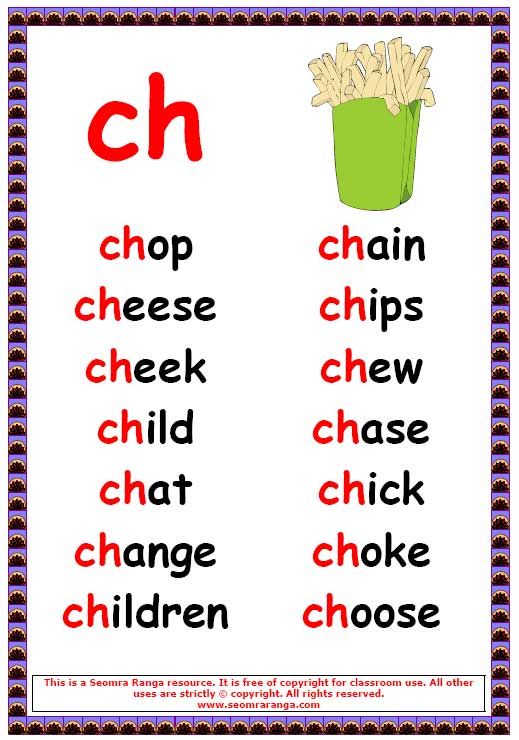 asha.org/public/speech/development/chart/
asha.org/public/speech/development/chart/ - Greenberg, J. & Weitzman, E. (2014). I’m Ready! ™ How to Prepare Your Child for Reading Success. Toronto: The Hanen Centre.
- Ozcaliskan, S. & Goldin-Meadow, S. (2005). Gesture is at the cutting edge of early language development. Cognition, 96, B101-B113.
- Weitzman, E. & Greenberg, J. (2010). ABC & Beyond™: Building Emergent Literacy in Early Childhood Settings. Toronto: The Hanen Centre.
My first words: English words for children
How to raise a polyglot child? The answer is simple: start learning languages with him as early as possible. Basic English will be an excellent foundation for the future knowledge of the baby and will help develop learning skills, because the brain of children at an early age absorbs an almost endless amount of information like a sponge. The main thing is to present it correctly.
In this article you will find not only simple first English words for children, but also recommendations for learning them.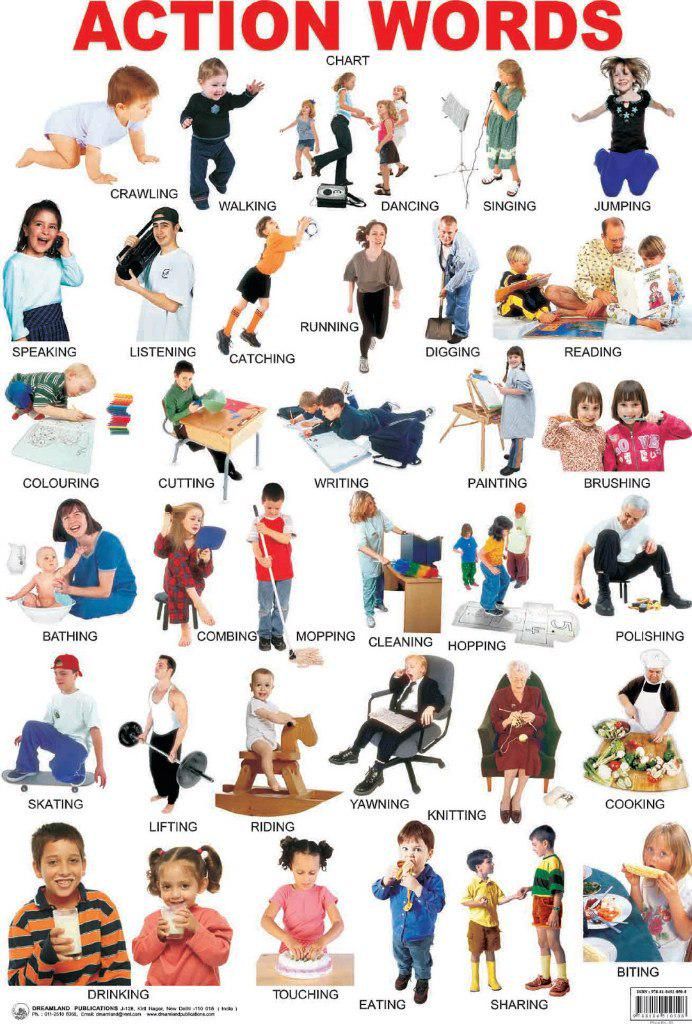 Open to your kid the fascinating world of English! nine0003
Open to your kid the fascinating world of English! nine0003
At what age do we start teaching?
Opinions of experts and parents themselves about the age at which it is worth starting to learn English with a child differ. Of course, you can start singing lullabies to your baby in English even from infancy, but your strength will be almost wasted.
Most agree that the most optimal age from which the average child begins to adequately learn English as a foreign language is 2.5-3 years. It is believed that at this age the process of formation of native speech is already ending. That is, the child must be able to clearly pronounce Russian sounds and words, as well as build sentences and have a coherent speech. nine0003
The exceptions here are when the child grows up in a multicultural environment. For example, if the mother is Russian and the father is English, then it is possible to communicate with the child in two languages from the very beginning.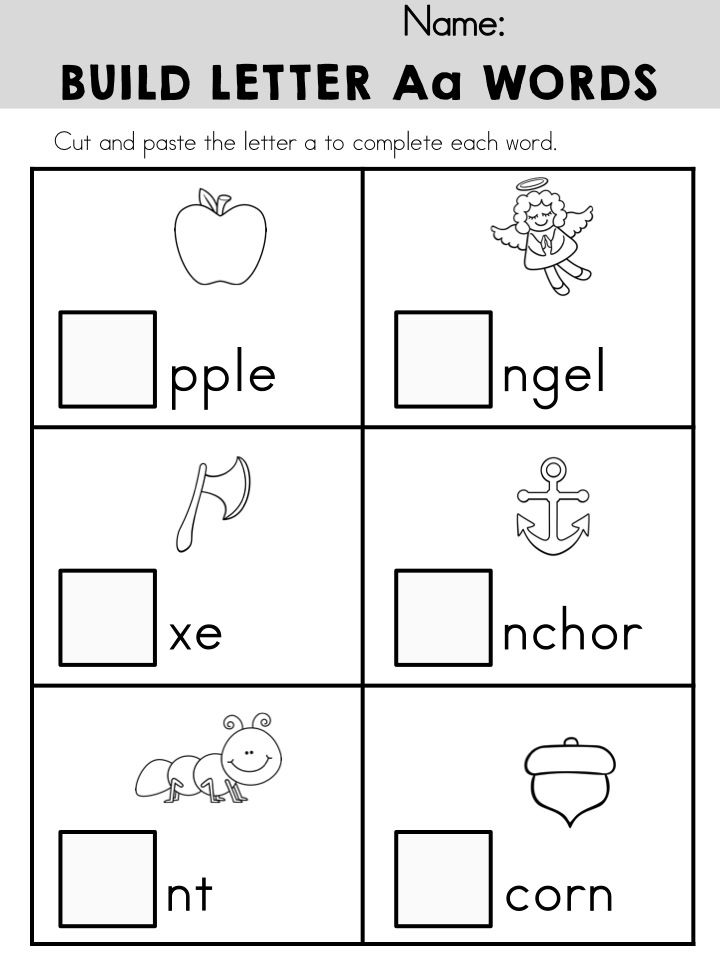 True, then your child will be funny to form sentences, and questions like: “Mom, can I have an apple” will constantly sound in the house.
True, then your child will be funny to form sentences, and questions like: “Mom, can I have an apple” will constantly sound in the house.
This approach is good when the family lives abroad, where the main language is a foreign one. As a child gets older and starts attending kindergarten, the child will understand the difference between the languages of his parents and begin to use words in the correct context. This applies, by the way, not only to English, but also to any foreign language. nine0003
If you want your child to speak only English from the very beginning, you can create an artificial multicultural environment. For example, at home talking with the baby only in a foreign language.
Is it possible to send a child to a language nursery or kindergarten with an English focus? Then do it without any hesitation. So the multicultural environment will be natural for the child: in the nursery they will communicate with him mainly in English, and at home you will be able to talk with the baby in Russian.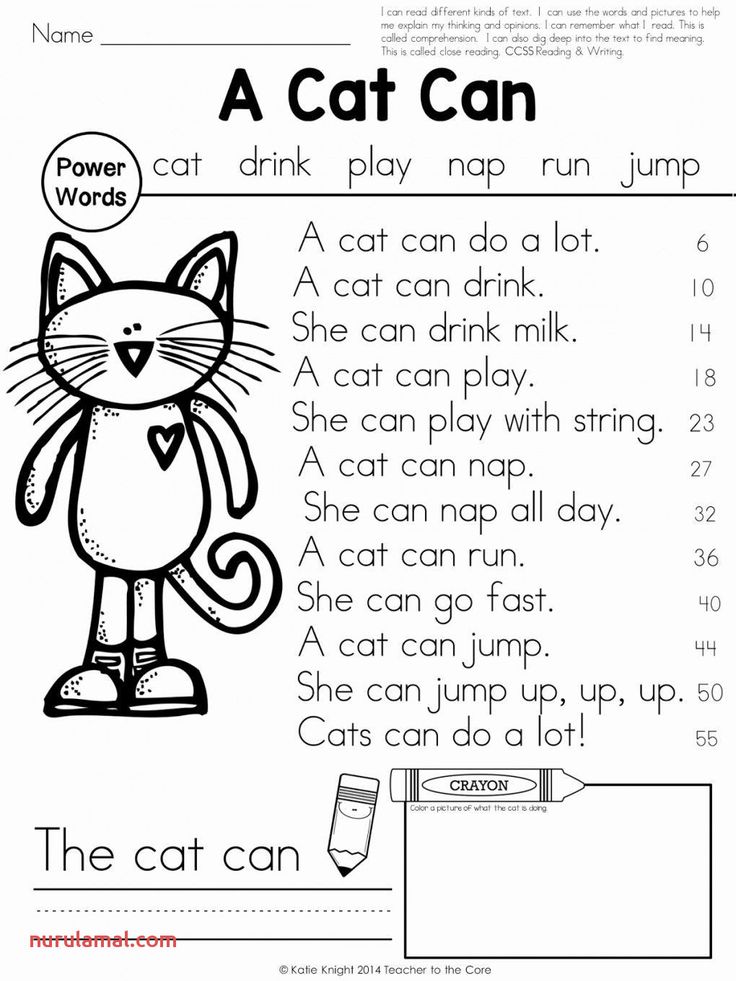 In specialized language kindergartens, teachers will help your child learn English in a natural environment, and at home you can consolidate knowledge with him through various games and riddles. nine0003
In specialized language kindergartens, teachers will help your child learn English in a natural environment, and at home you can consolidate knowledge with him through various games and riddles. nine0003
If it is not possible to send your child to a language kindergarten, start learning English at home using the same methods that you used to learn your native language with him.
How to learn English with a child?
At a young age, of course, we are not talking about grammar or writing English words. To begin with, the child needs to learn how to pronounce sounds correctly, remember letters and form a basic vocabulary. By the way, it will be much easier for a kid than for an adult to remember the correct pronunciation of English sounds, which are so different from Russian ones. They will not have to rebuild their articulation apparatus as much as we, adults, who have been speaking their native language for many years. nine0003
Here is a list of skills to develop in a preschooler first:
- listening to speech
- speaking
- reading
To make learning English not a burden for a child, add an element of play to the learning process.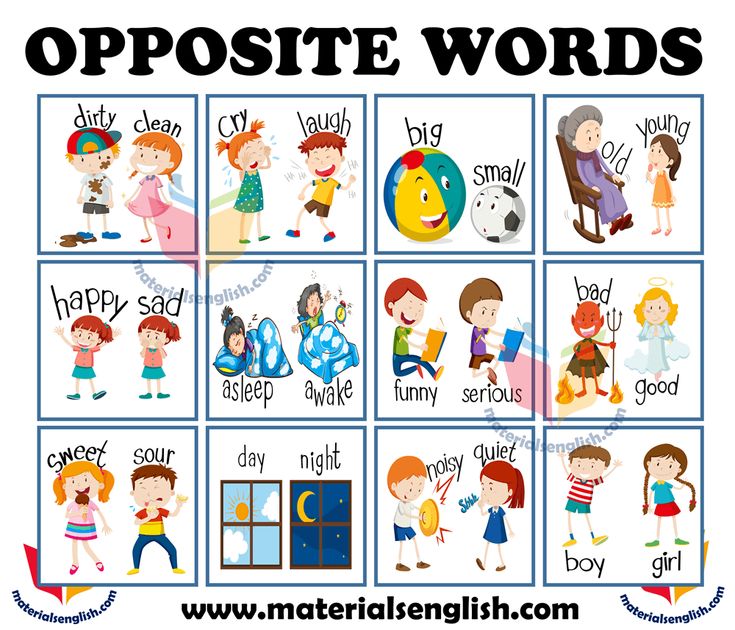
Get a colorful glove doll and make it a kind of "teacher" for your child. Introduce your baby to a new toy and say that it only understands English, which means that in order to play with it, the child needs to learn an interesting new language. So this toy will become the main intermediary between you and your child in learning English. nine0003
First of all, learn the alphabet and the correct pronunciation of letters and basic sounds with your child. Make it better with the help of the popular ABC Song. This is how the English alphabet is taught all over the world, not only by foreigners, but also by native speakers themselves.
Next - form basic English for children: words and simple phrases. For example, make cards for basic words that the child already knows in their native language. These can be household items, animals, body parts, etc. It is better that the cards are bright, with the spelling of a word and a picture symbolizing a particular subject.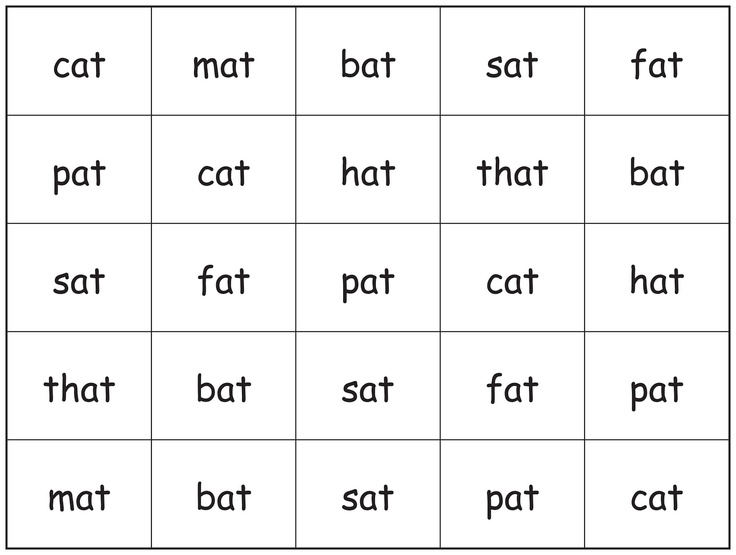 You can stick these cards on household items so that the child constantly sees the names of objects in English and memorizes them automatically. nine0003
You can stick these cards on household items so that the child constantly sees the names of objects in English and memorizes them automatically. nine0003
Incorporate English words into your regular vocabulary when communicating with your child. In the context of what is happening around the baby, it will be much easier to understand and learn the language. Playing at home or being outside, use the phrases and words you have already learned. If a child tells you: “Mom, look, a kitty!” Then answer: “Yes, it’s true, it’s a cat. How would it be in English? A cat. This is a cat.
By the way, it's better to start learning not just individual words, but whole phrases at once, as in the example above. That is, to acquaint with the very, very basic grammar. After all, if you tell your child only words, he will only know the translation, and if you start using whole sentences, then he will memorize in sentences. nine0003
Visualization and variety are important for learning English with a child.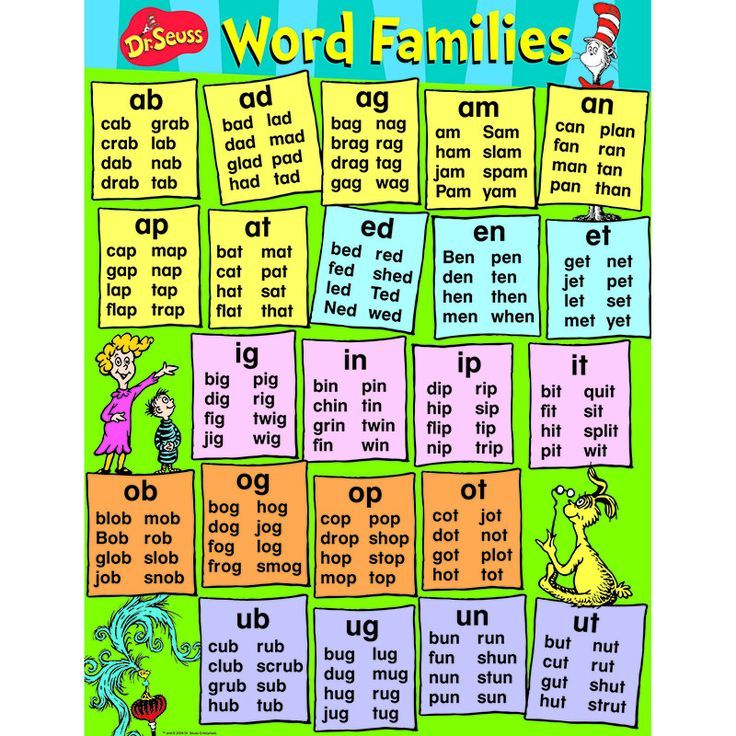 Children may enjoy books in English with colorful pictures that can be read together at bedtime instead of the usual Russian fairy tales. Also, do not forget about special educational cartoons in English, where bright characters tell the child about the basics of the language or teach him the alphabet.
Children may enjoy books in English with colorful pictures that can be read together at bedtime instead of the usual Russian fairy tales. Also, do not forget about special educational cartoons in English, where bright characters tell the child about the basics of the language or teach him the alphabet.
Play fun and educational games with your little one so they don't get bored while learning English. It can be cards, pantomimes, drawings and much more. nine0003
Basic set of words with transcription and translation
The first English words for children to start learning the language with are those that surround the child every day. Below you will find a list of such words by topic.
Family [ˈfæmɪli] - family
Mother [ˈmʌðə] - mother
Father [ˈfɑːðə] - father
Brother [ˈbrʌðə] - brother
Sister [ˈsɪstə] - sister
Grandmother [ˈgrænˌmʌðə] - grandmother
Grandfather [ˈgrændˌfɑːðə] - grandfather
Body [ ˈbɒdi ]
Head [head] - head
Hair [heə] - hair
Eyes [aɪz] - eyes
Nose [nəʊz] - nose
Teeth [tiːθ] - teeth
Lips [lɪps] - lips
Ears [ɪəz] - ears
Neck [nek] - neck
Shoulders [ˈʃəʊldəz] - shoulders
Leg [leg] - leg
Feet [fiːt] - feet
Pets [ pets ]
Dog [dɒg] - dog
Cat [kæt] - cat
Kitten [ˈkɪtn] - kitten
Puppy [ˈpʌpi] - puppy
Rabbit [ˈræbɪt] - rabbit
Parrot [ˈpærət] - parrot
Fish [fɪʃ] - fish
Hamster [ˈhæmstə] - hamster
Snake [sneɪk] - snake
Turtle [ˈtɜːtl] - turtle
Animals [ ˈænɪməlz ]
Goat [gəʊt] - goat
Pig [pɪg] - pig
Sheep [ʃiːp] - sheep
Horse [hɔːs] - horse
Cow [kaʊ] - cow
Goose [guːs] - goose
Chicken [ˈʧɪkɪn] - chicken
Duck [dʌk] - duck
Cockerel [ˈkɒkərəl] - cock
Fox [fɒks] - fox
Wolf [wʊlf] - wolf
Bear [beə] - bear
Hare [heə] - hare
Elephant [ˈelɪfənt] - elephant
Tiger [ˈtaɪgə] - tiger
Lion [ˈlaɪən] - lion
Crocodile [ˈkrɒkədaɪl] - crocodile
Giraffe [ʤɪˈrɑːf] - giraffe
Colors
Red [red]
Green [griːn] - green
Blue [bluː] - blue
Orange [ˈɒrɪnʤ] - orange
Yellow [ˈjeləʊ] - yellow
Pink [pɪŋk] - pink
Gray [greɪ] - gray
Black [blæk] - black
White [waɪt] - white
Purple [ˈpɜːpl] - purple
Brown [braʊn] - brown
Food
Water [ˈwɔːtə] - water
Tea [tiː] - tea
Juice [ʤuːs] - juice
Sugar [ˈʃʊgə] - sugar
Salt [sɒlt] - salt
Yogurt [ˈjɒgət] - yogurt
Bread [bred] - bread
Milk [mɪlk] - milk
Cheese [ʧiːz] - cheese
Eggs [egz] - eggs
Butter [ˈbʌtə] - oil
Meat [miːt] - meat
Cookies [ˈkʊkiz] - cookies
Chocolate [ˈʧɒkəlɪt] - chocolate nine0057
Fruits [ fruːts ]
Apple [ˈæpl] - apple
Pear [peər] - pear
Orange [ˈɒrɪnʤ] - orange
Banana [bəˈnɑːnə] - banana
Lemon [ˈlemən] - lemon
Pineapple [ˈpaɪnˌæpl] - pineapple
Grapes [greɪps] - grapes
Kiwi [ˈkiːwi:] - kiwi
Tangerine [tæn(d)ʒəˈriːn] — Mandarin
Melon [ˈmelən] - melon
Watermelon [ˈwɔːtəˌmelən] - watermelon
Peach [piːʧ] - peach
Vegetables
Carrot [ˈkærət] - carrot
Onion [ˈʌnjən] - bow
Garlic [ˈgɑːlɪk] - garlic
Tomato [təˈmɑːtəʊ] - tomato
Cabbage [ˈkæbɪʤ] - cabbage
Pepper [ˈpepər] - pepper
Potato [pəˈteɪtəʊ] - potato
Cucumber [ˈkjuːkʌmbə] - cucumber
House [haʊs]
Bedroom [ˈbedruːm] - bedroom
Living room [ˈlɪvɪŋ ruːm] - living room
Kitchen [ˈkɪʧɪn] - kitchen
Bathroom [ˈbɑːθruːm] - bathroom
Fridge [frɪʤ] - refrigerator
Cooker [ˈkʊkə] - plate
Table [ˈteɪbl] - table
Chair [ʧeə] - chair
Sofa [ˈsəʊfə] - sofa
Bed [bed] - bed
Window [ˈwɪndəʊ] - window
Mirror [ˈmɪrə] - mirror
Towel [ˈtaʊəl] - towel
Toothbrush [ˈtuːθbrʌʃ] - toothbrush
Toothpaste [ˈtuːθpeɪst] - toothpaste
Wardrobe [ˈwɔːdrəʊb] - wardrobe
Cup [kʌp] - mug
Plate [pleɪt] - plate
Bowl [bəʊl] - bowl
Fork [fɔːk] - fork
Spoon [spuːn] - spoon
Knife [naɪf] - knife
Clock [klɒk] - hours
Clothes [ kləʊðz ]
Dress [dres] - dress
Skirt [skɜːt] - skirt
Shirt [ʃɜːt] - shirt
T-shirt [ˈtiːʃɜːt] - T-shirt
Jeans [ʤiːnz] - jeans
Trousers [ˈtraʊzəz] - pants
Shorts [ʃɔːts] - shorts
Jumper [ˈʤʌmpə] - sweater
Suit [suːt] - suit
Coat [kəʊt] - coat
Hat [hæt] - hat
Socks [sɒks] - socks
Months [ mʌnθs ] - months
January [ˈʤænjʊəri] - January
February [ˈfebrʊəri] - February
March [mɑːʧ] - March
April [ˈeɪprəl] - April
May [meɪ] - May
June [ʤuːn] - June
July [ʤu(ː)ˈlaɪ] - July
August [ˈɔːgəst] - August
September [sepˈtɛmbər] - September
October [ɒkˈtəʊbə] - October
November [nəʊˈvembə] - November
December [dɪˈsembə] - December
Weather [ ˈweðə ]
Sun [sʌn] - sun
Rain [reɪn] - rain
Cloud [klaʊd] - cloud
Wind [wɪnd] - wind
Snow [snəʊ] - snow
Fog [fɒg] - fog
Cold [kəʊld] - cold
Hot [hɒt] - hot
Winter [ˈwɪntə] - winter
Spring [sprɪŋ] - spring
Summer [ˈsʌmər] - summer
Autumn [ˈɔːtəm] - autumn
This list of first English words for children is far from complete.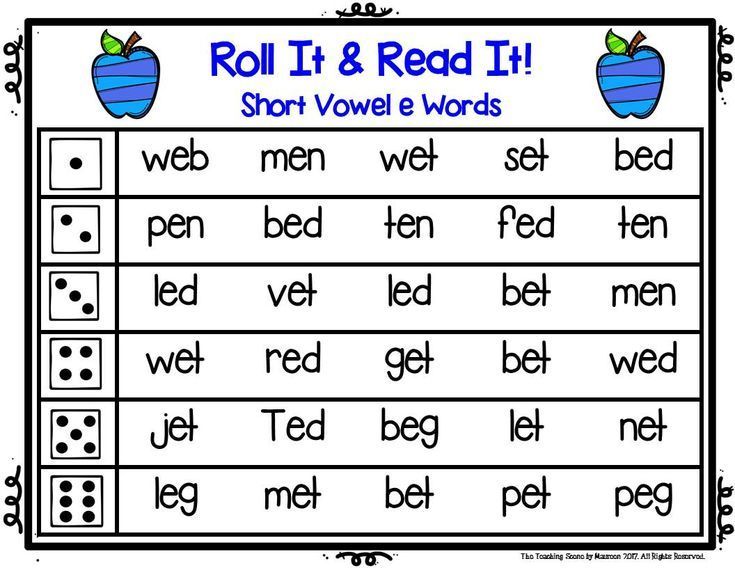 Include in it those words that the child encounters daily.
Include in it those words that the child encounters daily.
And most importantly, do not forget: in order to teach your baby English from an early age, you need to be confident in your knowledge. You can check your level of English before you start learning the language with your child here. nine0059
How to teach a child to speak - Lifehacker
June 18, 2019 Likbez Tips
It is necessary to talk with a baby from the first days of life.
Why seizing the moment is important
Children develop language skills much earlier than many parents realize. A month before birth, a child can already distinguish between different languages by rhythm. And fundamental knowledge about the structure, melody and intonations of native speech is laid in the first months of life. nine0003
By talking to your child, you are not just shaking the air, but building the foundation for his success in the future.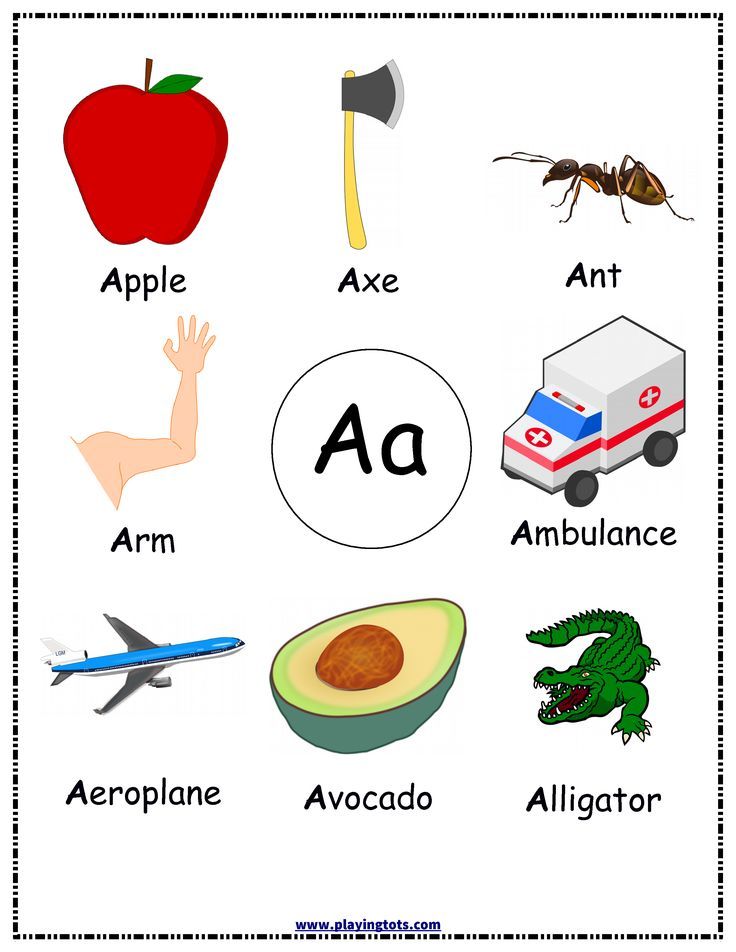 Children with whom their parents did not talk much, by the age of two, may lag behind their peers in development by about six months. The more words a baby hears in the first three years of life, the higher his IQ and chances of getting good grades in school will be.
Children with whom their parents did not talk much, by the age of two, may lag behind their peers in development by about six months. The more words a baby hears in the first three years of life, the higher his IQ and chances of getting good grades in school will be.
Conclusion: talk to the child as often as possible, even if he is not yet able to answer. Be actively involved in his language education, taking into account age characteristics. And remember: the Internet, YouTube videos, and even scientific TV programs cannot replace human interaction. nine0003
How to teach a child to speak from birth to 3 months
What a child learns
- Recognize sounds and associate them with certain lip movements. Barely born, the baby already knows how to recognize the voice of the mother. The child begins to listen to the surrounding ocean of unfamiliar sounds and learns to extract meaning from it.
- Walk and coo. Various combinations of vowels “a”, “y”, “s” and consonants “g” and “m” are the first things parents hear from a baby, except for crying, screaming and groaning.
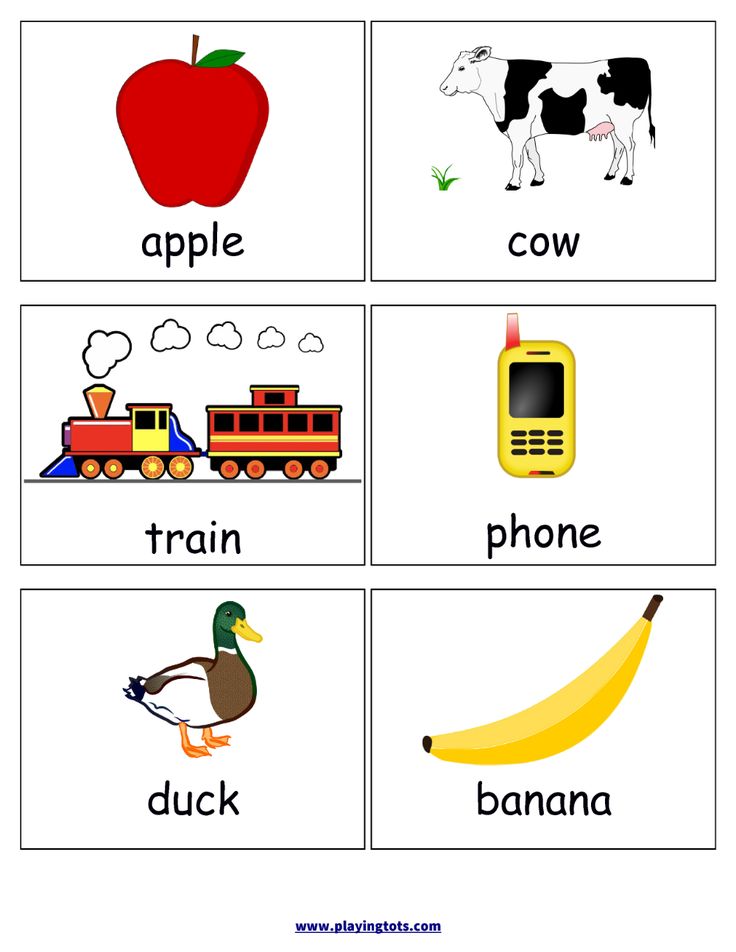 Usually, babies are drawn to talking when they are full and happy with life. Agukaya, babies, among other things, develop facial muscles that will later help them produce more complex sounds. nine0433
Usually, babies are drawn to talking when they are full and happy with life. Agukaya, babies, among other things, develop facial muscles that will later help them produce more complex sounds. nine0433
How you can help
- Sing, tell nursery rhymes and sayings. Moreover, it is possible even before birth: the child begins to hear already at the 16th week of intrauterine development. So it will be easier for a new person to understand the rhythm of the language.
- Speak softly and melodiously. Adults intuitively communicate with the baby in a more subtle and melodious voice, stretching the vowels. And it is right. Various studies show that this style attracts babies, helps them learn the language and develop social skills. nine0433
- Be quiet. Toddlers need time to play with their voice and not be distracted by TV sound, music, and other noises.
When to worry
If after three months the child is still not cooing, it makes sense to consult a pediatrician, neurologist and ENT specialist.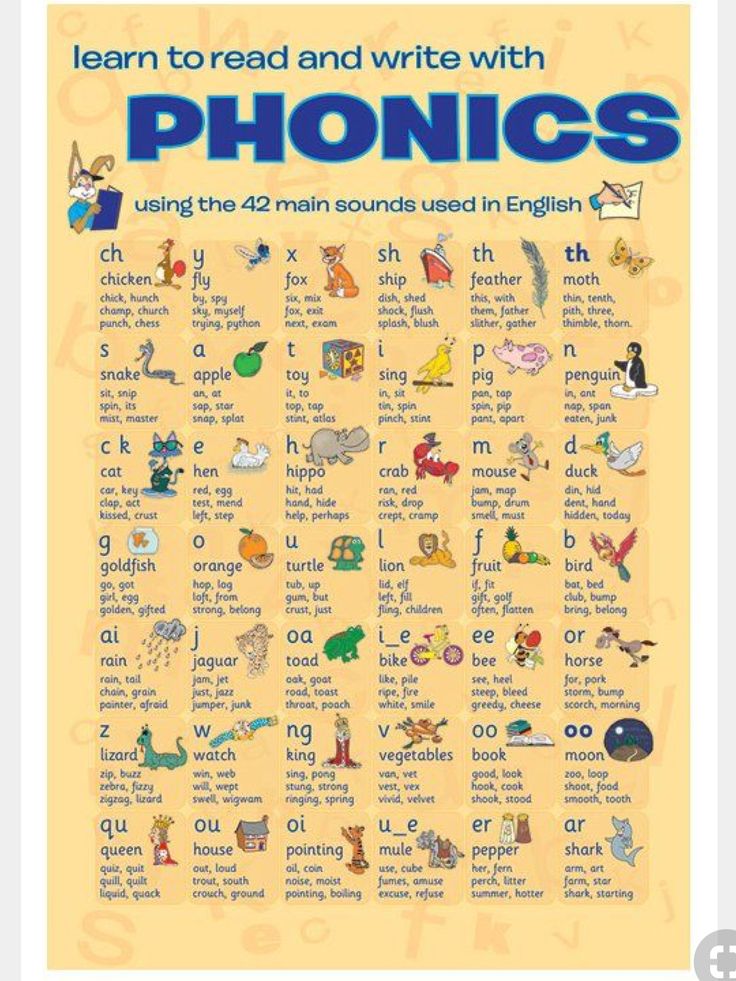
How to teach a child to speak from 3 to 6 months
What a child learns
- Respond to your name. By six months, most babies know their names. In addition, they respond to some familiar words like "mom" and "dad." nine0433
- Recognize intonation. The kid is sensitive to how they are addressed - he smiles in response to a gentle voice and may cry when he hears a rude tone.
- Imitate the speech of adults. The baby adopts the tone, rhythm and pace of the speech that he hears.
- Build more complex chains of sounds. This is no longer a monosyllabic coo, but the overflow of vowels, which speech therapists call a flute.
How you can help
- Play Who's This? Bring the baby to the mirror and ask: "Who is this?" Then say the child's name. nine0433
- Master the art of talking to children. In English, there is the concept of baby talk - a conversation focused on kids. In Russian, we often call this process lisping, thereby belittling its significance.
 Meanwhile, by playing along with the baby, you help him learn the language faster. In the future, it will be easier for the child to learn more complex words. Here are some baby talk techniques:
Meanwhile, by playing along with the baby, you help him learn the language faster. In the future, it will be easier for the child to learn more complex words. Here are some baby talk techniques: - Child imitation: adults do not pronounce certain sounds.
- Replacing pronouns with nouns. We ask: “Does Anya want to go for a walk?” instead of "Do you want to go out?". nine0433
- Simplification of words and constructions to “wawa”, “dude” and “Fu, what a!”.
- Use of melodious intonations and diminutive suffixes.
Baby talk helps children feel parental love, comfort and safety.
When to worry
At six months, the baby does not laugh, does not pay attention to new sounds.
How to teach a child to speak from 6 to 9 months
What the child is learning
- Recognize short phrases in context. For example, he may wave his hand in response to your: “Bye-bye!”
- Babbling.
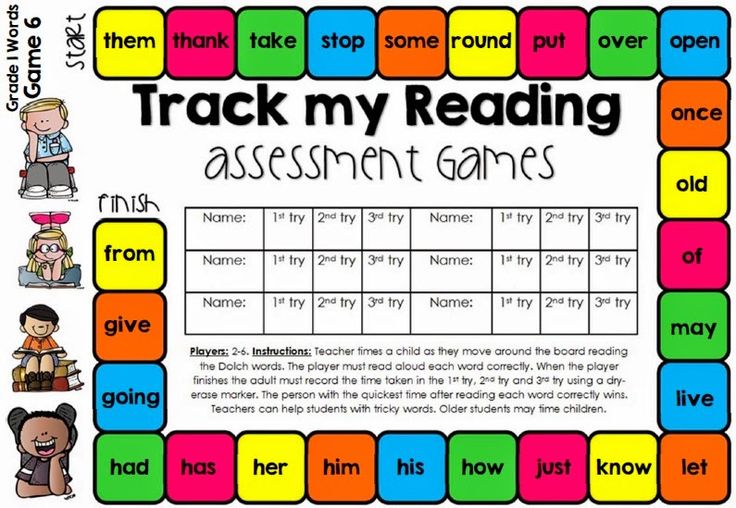 The talker with manic persistence repeats the syllables “ba-ba-ba”, “pa-pa-pa”, “ma-ma-ma”, “da-da-da”, “ta-ta-ta”, “ka-ka -ka" and "ha-ha-ha". Some adults perceive baby talk as conscious speech, and argue which word the baby said first - “dad” or “mother”. Although he simply pleases his hearing and trains his speech apparatus. nine0433
The talker with manic persistence repeats the syllables “ba-ba-ba”, “pa-pa-pa”, “ma-ma-ma”, “da-da-da”, “ta-ta-ta”, “ka-ka -ka" and "ha-ha-ha". Some adults perceive baby talk as conscious speech, and argue which word the baby said first - “dad” or “mother”. Although he simply pleases his hearing and trains his speech apparatus. nine0433 - Express emotions. In the babbling of a baby, one can discern pleasure or, conversely, grumpy notes.
How you can help
- Play sound games. Repeat the syllables the child says. Say different sounds and short words yourself so that the baby can imitate you.
- Show how to speak. “Work with your face” - it is important that the little one sees how you reproduce sounds. There is also such a technique: when you say something, put a child's hand to your lips so that the child feels their movement. nine0433
When to worry
The kid does not imitate the intonations of adults, does not respond to his name, mutters rarely and monotonously.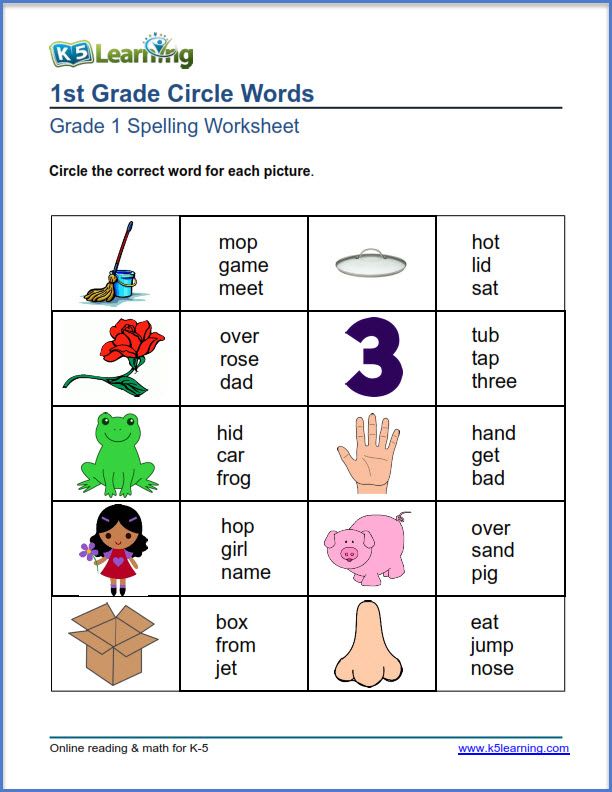
How to teach a child to speak from 9 months to a year
What a child is learning
- Understand short phrases, point to objects that you name. At this age, babies understand much more than they can say.
- Say the first meaningful words. One-year-old butuzes, as a rule, confidently say a few words, including the necessary for survival "mom", "dad", "give". Vocabulary can vary from two or three to 20 words, and 80% of them are nouns. nine0433
How you can help
- Comment on what you are doing. If you want the baby to quickly call you mom or dad consciously, explain to him what you are doing at the moment. “Mom drinks coffee”, “Dad goes to the store”, “Mom works”. Ideally, if your day is full of events - the more diverse the situation, the more new words the future speaker will learn.
- Tell us what and how it is called - parts of the body, objects. Say the names of relatives and friends. Complicate the phrases over time.
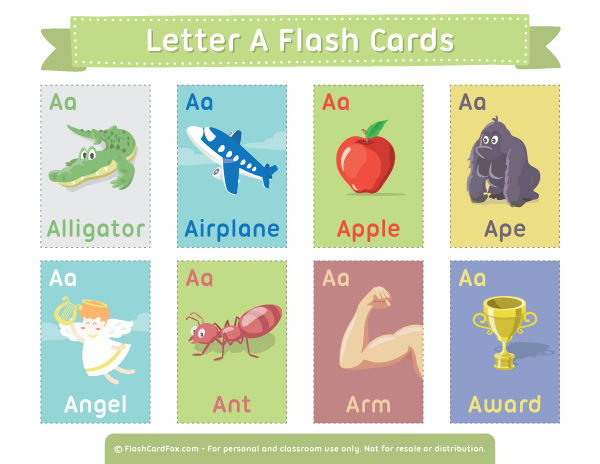 From "Look, cat!" go to "Look, black cat!". If the child tries to repeat after you, support his efforts: name the object again and again. nine0433
From "Look, cat!" go to "Look, black cat!". If the child tries to repeat after you, support his efforts: name the object again and again. nine0433 - Keep practicing baby talk. When communicating with children aged nine months to one year and nine months, it is still useful to use baby words like “lyalya” and “kisya”. Stretching vowels is also recommended - for example, when you ask: "How are you?" So the baby learns to speak faster.
- Read books with large bright pictures. Name the objects and ask the child to show them in the picture.
- Help develop articulation. Build faces, make faces, show your tongue - in a variety of ways provoke the baby to do exercises for the muscles of the face. nine0433
- Refuse the pacifier. Babies who still suckle a pacifier after a year are more likely to have trouble articulating sounds made in the front of their mouths, like "p", "b", "t", "d", and "s".
When to worry
At the age of one to one and three months, the child still does not say "mom" and "dad", cannot point to the object in the picture.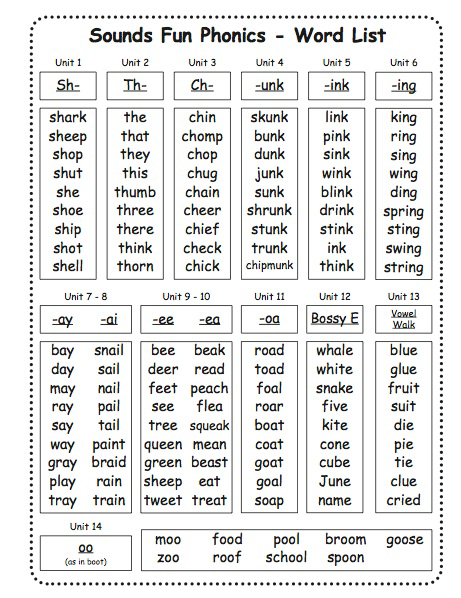
How to teach a child to speak from one to two years old
What a child learns
- Saying "No!". If the baby does not want to eat porridge, he is already able to shake his head and refuse.
- Build the first simple phrases. The child is still doing well with simplifications: “Here is uk” instead of “There is an onion here”, “De ba?” instead of "Where and why did grandma go?".
- Memorize many new words. During this period, most children experience the so-called lexical explosion. More verbs and other parts of speech appear in speech, and the vocabulary increases to 300–400 words by the age of two. But it's okay if your child starts chattering a little later - after two. nine0433
How you can help
- Use more new words and engage your baby in dialogue. Studies have shown that the more often parents communicate with a child in the period from one and a half to two years, the better his IQ and linguistic skills in adolescence.
 It is especially important that the baby responds to you.
It is especially important that the baby responds to you. - Act like you have a problem with sign language. Sometimes the baby is just too lazy to say the words. Why, if you can point a finger. Pretend you don't understand him. Ask to speak in words. At a minimum, try to build a conversation: “Do you want more tea? With sugar or without? Is it really delicious?" nine0433
- Encourage attempts to speak. Even if you really don't understand what the child is trying to say, don't give up. Offer options, ask again if you understood everything correctly. And no irritation! Only love and infinite patience.
- Ask for help. For example, let him put a cup on the table or bring you an apple.
Richard N. Aslin
professor of cognitive science, specialist in speech development and comprehension in children
Young children find it difficult to learn new words. They need to coordinate more than a hundred muscles of the vocal tract. For its development it is useful to blow soap bubbles.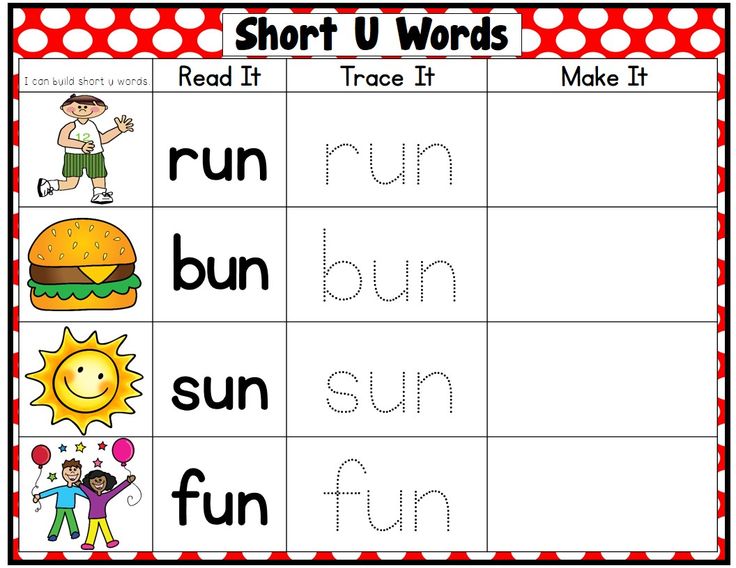 nine0003
nine0003
When to worry
At the age of one and a half, the baby does not listen to the conversations of others and does not speak conscious words.
A two-year-old cannot repeat after adults, even if the word is pronounced several times. He does not answer simple questions and prefers to communicate with gestures. This is an occasion to visit a speech therapist for the first time.
How to teach a child to speak from 2 to 3 years old
What a child is learning
- Follow the development of the plot. The kid is already able to perceive a story 5-10 minutes long. nine0433
- Use abstract concepts. He already knows what it is now, what it is like to be sad, and the more different from the less.
- Build verbose phrases. After two years, the baby masters participles and prepositions, and a little later - unions and pronouns. By the age of three, the vocabulary reaches 250-700 words, and the length of phrases is 5-8 words.
How you can help
- Ask questions.
 Many and different - about the size, quantity, color, intentions. It is important that the baby could not answer in monosyllables - “yes” or “no”. “Look, what fat worms! How many are there? Where do you think they're going?" nine0433
Many and different - about the size, quantity, color, intentions. It is important that the baby could not answer in monosyllables - “yes” or “no”. “Look, what fat worms! How many are there? Where do you think they're going?" nine0433 - Use more complex sentences. Don't limit yourself to short sentences. Speech with subordinate clauses, participles and adverbs, adjectives and adverbs will help the child master the structure of the language.
Erica Hoff
professor of psychology, author of Language Development
Children cannot learn what they do not hear.
- Read every day. And talk about what you read.
- Learn children's songs. This will make it easier for your child to memorize new words. In addition, singing helps the development of the speech apparatus. nine0433
- Develop fine motor skills. The parts of the brain responsible for it and for the development of speech are very close. Working with one of them, you affect the other.

Learn more

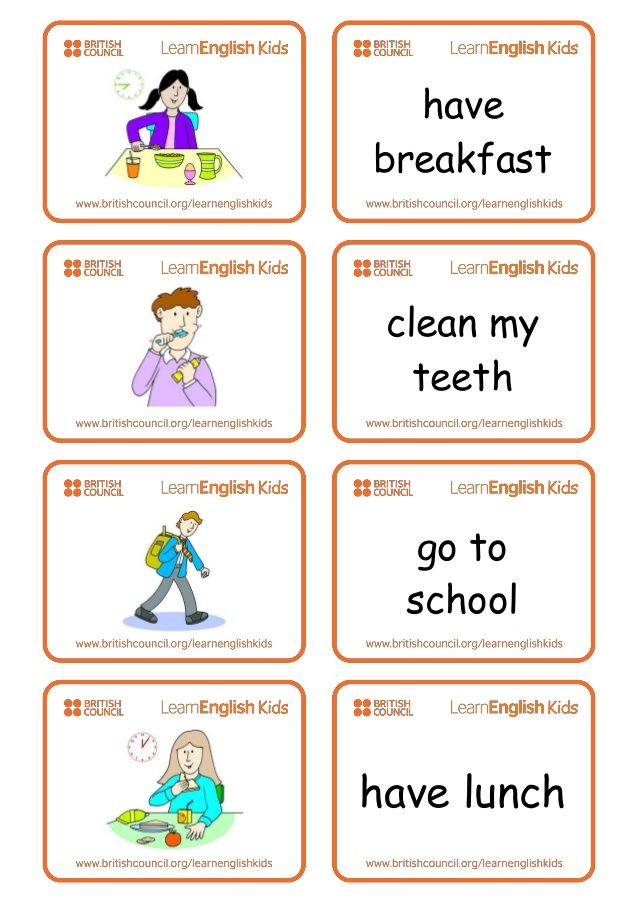 *
*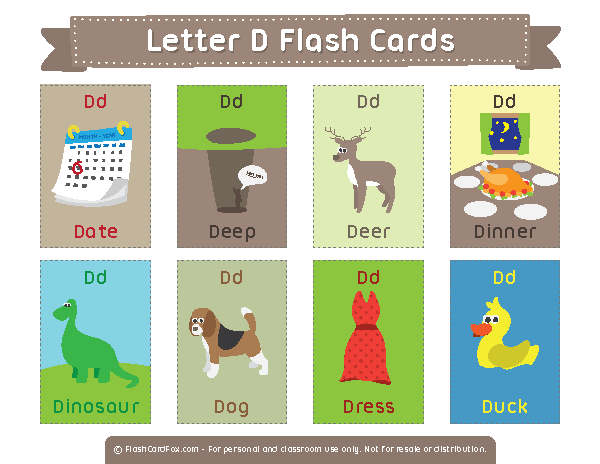 g., cup)
g., cup)